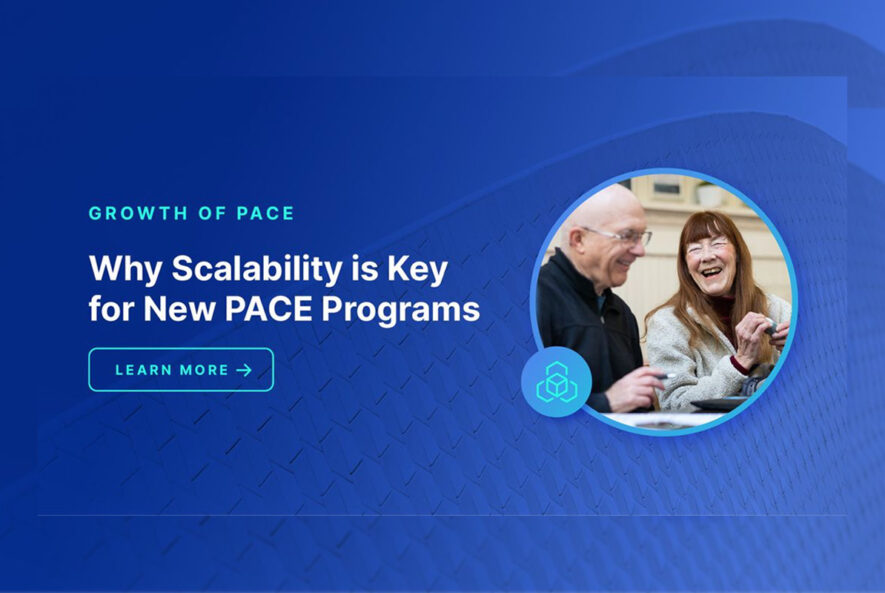
By: Laura Ferrara, Chief Strategy Officer
There are a lot of variables for organizations looking to start new PACE programs. As we covered in the first blog, there is a significant upfront financial investment as well as hurdles to understand the unique aspects of PACE as well as adjusting the PACE model to a program’s specific cultural needs. In our second blog of the series, we talked about program growth – both things we’ve noticed for programs struggling to grow and those that grow quickly to ensure flexibility for optimal outcomes. Today, we will look at recommendations for new programs to build economies of scale, including technology considerations for optimal success today and well into the future.
PACE is no different than the rest of the world; technology needs to be considered in a myriad of ways to help us towards our goals and meet the needs of participants. This can be for something as simple as transportation – how do you schedule and coordinate rides? To scheduling appointments for participants and managing provider schedules. Software solutions can streamline this kind of scheduling and coordination, enhancing operational efficiency and contributing to the scalability of your program.
Second, technology can be used to embrace remote services. The aftermath of the COVID-19 pandemic has prompted a reassessment of traditional care models. We now recognize that not every participant needs to be physically present at a day center every day. Embracing technology allows us to extend our services to participants’ homes, with continuous monitoring of well-being, fall risk identification, and timely interventions—all without compromising on the quality of care.
For PACE programs operating in rural areas, where specialized healthcare services may be scarce, technology acts as a lifeline. Telehealth connects participants with healthcare professionals remotely, overcoming geographical barriers and ensuring that quality care reaches those in challenging locations.
One of the most important elements of technology considerations for a new PACE program is through the lens of data. Technology empowers us with the ability to make informed decisions through data. How do you know when you are on the right track? If data is readily available, you can track participant outcomes, identify risks, and intervene appropriately. Access to actionable insights is key to ensuring the highest standards of care.
For new programs specifically, it is important for technology to support scalability. It’s easy to imagine tracking data when you are a new program with just 50 participants. You intimately know all of your participants, their caregivers, likes, dislikes, and everything happening to them on a daily basis. As programs grow, that level of intimacy may not be possible. As a PACE program grows, maintaining the quality of care becomes paramount. Technology acts as a force multiplier, allowing you to augment in-house expertise efficiently. Prioritizing and optimizing resources through technology ensures that we provide top-quality care, even as the participant-to-clinician ratio increases.
Setting up the right foundations for scalability is crucial. Adopting software, establishing policies, procedures, and processes from the outset when participant numbers are low ensures a seamless transition to larger scales. This proactive approach avoids hindrances to growth and lays the groundwork for sustained success.
In conclusion, the future of PACE programs is intricately tied to the integration of technology. From streamlining transportation to delivering remote services and making data-driven decisions, technology empowers programs to adapt, grow, and provide high-quality care regardless of the number of participants. Embracing these advancements from the program’s inception ensures a solid foundation for scalability, setting the stage for sustained success.
Want to see how Intus Care can help your organization? Our self-assessments cover topics such as data-driven culture, quality processes, CMS compliance risks, PACE operations, and utilization management. Our Integrated Care Services team will provide tailored recommendations based on your responses. https://linktr.ee/intuscare
Contact Intus Care to learn more about how we can support the growth of your PACE program through our website contact page.

